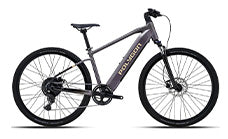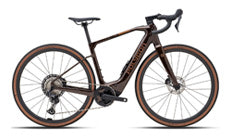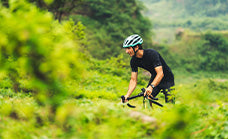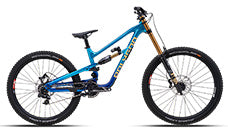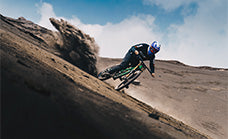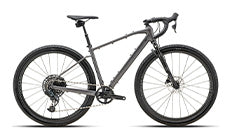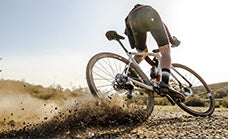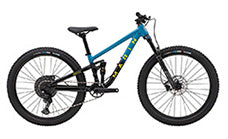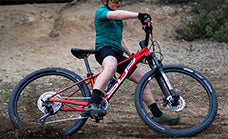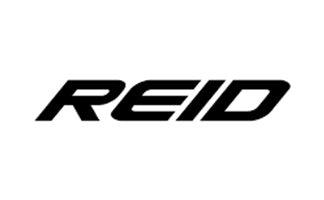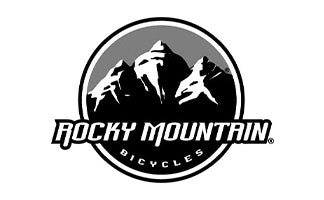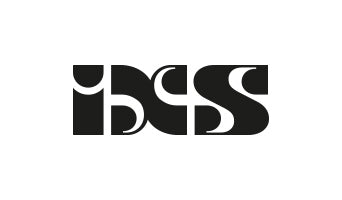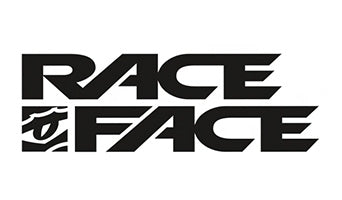The Ultimate Guide to Buying Kids' Bikes in Australia
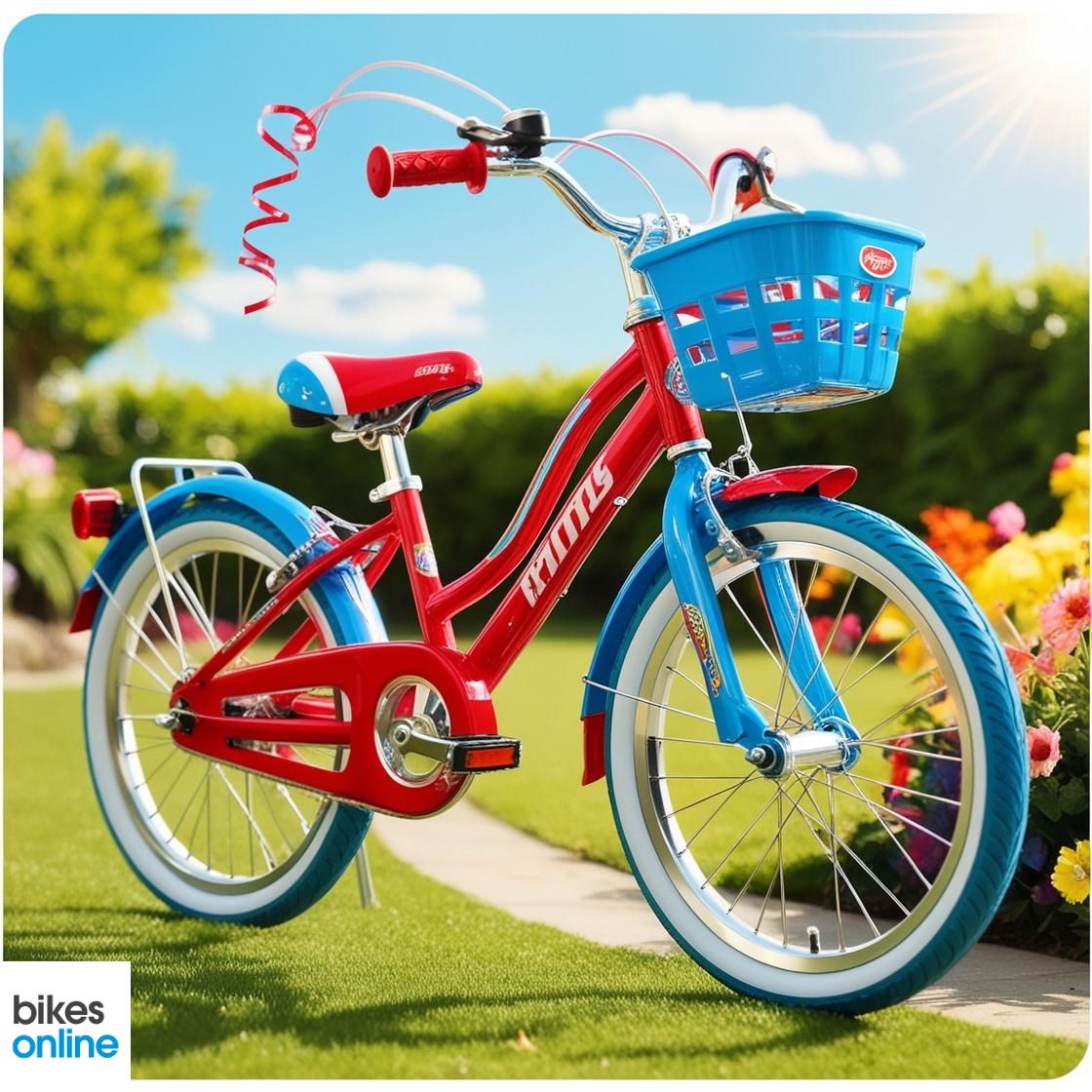
Choosing the right bike for your child isn't just about fun; it's a crucial decision that impacts their comfort, safety, and enthusiasm for cycling. Bikes that are well-suited to a child's size, age, and riding ability can help foster a lifelong love of cycling and outdoor activity. In this guide, we'll walk you through everything you need to know to select the perfect bike for your young rider.
We'll start by explaining how to determine the correct bike size based on your child's measurements, then explore the various types of kids' bikes available. We'll also delve into the essential features to look for, such as safety components, adjustability for growth, and materials. Additionally, we'll provide practical advice on where to buy kids' bikes in Australia, and how to budget for this important purchase. Whether you're buying your child's first bike or upgrading to a larger size, this guide aims to simplify the process and ensure you make the best choice for your family.
Why Size Matters in Kids' Bikes
Choosing the correct size bike for a child is paramount to ensuring their safety, comfort, and control while riding. An appropriately sized bike can significantly enhance a child's learning experience and boost their confidence on two wheels. Here's why size is so crucial and how to get it right:
Importance of Proper Bike Sizing
-
Safety: A bike that is too large or too small can be difficult for a child to control, leading to falls and injuries.
-
Comfort: Proper fit helps prevent discomfort and fatigue, allowing kids to enjoy longer rides.
-
Skill Development: A correctly sized bike makes it easier for children to learn cycling skills such as balancing, pedalling, and braking effectively.
How to Measure Your Child for the Right Bike Size
The most reliable measurement for determining bike size is your child’s inseam. This is the distance from the ground to their crotch. Have your child stand against the wall with their shoes on and place a book between their legs as if it were a bike seat, then measure from the top of the book to the floor.
Height: While less precise, height can also guide you to the right bike size, especially when combined with the inseam measurement.
Reach and Standover Height: Ensure your child can comfortably reach the handlebars and both feet can touch the ground to maintain balance and control.
Size Chart Breakdown by Age and Height
Balance Bikes (Ages 2-4): Typically suitable for children with an inseam of 30-45 cm.
14-inch Bikes (Ages 3-5): Generally fitting kids with an inseam of 40-50 cm and height around 95-110 cm.
16-inch Bikes (Ages 4-6): Best for those with an inseam of 45-55 cm and height between 100-120 cm.
20-inch Bikes (Ages 5-8): Suitable for an inseam of 50-60 cm and height from 115-135 cm.
24-inch Bikes (Ages 7-11): Fits kids with an inseam of 55-65 cm and height of 125-145 cm.
This sizing guide provides a general framework, but it's always a good idea to have your child test ride a bike before purchasing to ensure it fits properly and feels comfortable.
Exploring Different Types of Kids' Bikes
When it comes to selecting a bike for your child, the options are plentiful. Each type of kids' bike is designed with specific uses and benefits in mind, catering to different aspects of riding and learning. Here, we’ll break down the common types of kids' bikes and discuss the advantages of each to help you make an informed choice based on your child's needs and riding conditions.
Balance Bikes
Balance bikes are pedal-less bikes that teach young children how to balance and steer. They propel themselves forward using their feet and learn to coast with their feet lifted.
Advantages: Excellent for developing balance and coordination at an early age. They make the transition to pedal bikes easier because children learn to master balancing first.
BMX Bikes
BMX stands for Bicycle Motocross. These bikes have a sturdy frame, knobby tires, and usually a single gear, making them ideal for off-road racing, stunts, and tricks.
Advantages: Great for energetic kids interested in tricks and track racing. BMX bikes are durable and designed for high impact, providing a robust option for adventurous riders.
Mountain Bikes
Mountain bikes for kids are scaled-down versions of adult mountain bikes, with features like suspension forks and multiple gears.
Advantages: Perfect for off-road or uneven terrain riding. The suspension helps absorb shocks, and the gears make climbing hills easier. They’re ideal for kids who enjoy exploring nature and rugged paths.
Road Bikes
These bikes are lightweight and designed for speed on paved surfaces. They feature narrow tires, a sleek frame, and multiple gears.
Advantages: Best for long-distance riding on smooth surfaces. Road bikes are fast and efficient, suitable for young cyclists who are interested in road cycling or triathlons.
Hybrid Bikes
Hybrid bikes combine features of road and mountain bikes. They have versatile tires that are thinner than mountain bike tires but thicker than road bike tires, suitable for mixed terrains.
Advantages: A great all-rounder for kids who ride on various surfaces. Hybrids are comfortable for general recreational riding, making them a practical choice for everyday use.
Each bike type offers unique benefits, so consider your child’s interests and where they’ll be riding most often. Whether it's leisurely rides in the park, tearing up the dirt trails, or racing on the tarmac, there's a bike out there that's perfect for every young rider.
Essential Features in a Kids' Bike
Selecting a bike for your child involves more than just size and type; the features of the bike also play a crucial role in ensuring it's safe, comfortable, and can grow with your child. Here are some key features to consider when choosing a kids' bike:
Adjustable Components for Growth
Look for bikes with adjustable seat posts and handlebars that can adapt to your child's growth spurts.
Advantages: Adjustable features extend the life of the bike, making it a more economical choice as it can be used for several years before needing an upgrade. They also ensure that the bike remains a good fit, maintaining comfort and proper riding posture as your child grows.
Safety Features
-
Brakes: Ensure the bike has easy-to-use brakes suitable for your child's age and strength. Younger children benefit from coaster brakes (which engage by pedaling backwards), while older kids may handle hand brakes better.
-
Reflectors and Lights: For visibility, especially if your child rides early in the morning or late in the evening, having bright reflectors and even lights is essential. Ensure they are present and functional on the bike.
-
Chain Guards: Chain guards protect little fingers and clothing from getting caught in the bike’s chain, a crucial safety feature for younger riders.
Material Considerations
-
Aluminium Frames: Aluminium is lightweight, making it easier for kids to handle and maneuver their bikes. It's also resistant to rust, which is great for bikes that might be stored outside occasionally.
-
Steel Frames: Steel is extremely durable and can endure a lot of wear and tear, making it ideal for children who are rough on their equipment. However, it is heavier than aluminium and can be prone to rust if not properly cared for.
Other Considerations
-
Tires: The type of tires should match the riding terrain. Pneumatic (air-filled) tires are common and provide cushioning on rough surfaces. Solid tires, while less common, never go flat but offer less comfort.
-
Gearing: Depending on your child’s experience and the terrain they will be riding on, consider a bike with gears. Single-speed bikes are simpler and require less maintenance, but bikes with gears can make riding on varied terrain easier.
By focusing on these essential features, you can choose a bike that not only fits your child well but also ensures their riding experience is safe, comfortable, and enjoyable.
Best Places to Purchase Kids’ Bikes in Australia
When it comes to buying a kids' bike in Australia, there are several reliable options to consider. Whether you prefer the convenience of online shopping or the personalised service of local bike shops, each offers its own advantages. Here’s a guide to help you find the perfect bike for your child, including recommendations for reputable brands and retailers, and advice on purchasing second-hand bikes safely.
Local Bike Shops
-
Advantages: Purchasing from a local bike shop allows you to see and try different models before buying. Staff can offer expert advice tailored to your child's needs and will generally be able to adjust the bike to fit perfectly. Plus, many shops offer ongoing maintenance and support.
-
Recommended Shops: Look for well-established local shops with good reviews and knowledgeable staff. Shops often carry a range of brands and can order specific models if they don’t have them in stock.
Online Stores
-
Advantages: Shopping online can be more convenient and often provides access to a wider range of products at competitive prices. Many online retailers offer detailed size guides, reviews, and good return policies.
-
Recommended Online Retailer: BikesOnline.com.au is a reputable Australian online store known for its quality selection of children's bikes. They offer detailed product descriptions and sizing information to help you make an informed choice from the comfort of your home.
Reputable Brands
-
Overview: Opt for brands known for their quality and durability. Some top brands available in Australia include Giant, Trek, Specialized, and BYK, each offering models specifically designed for children with safety and reliability in mind.
Buying Second-Hand Bikes Safely
-
Inspection Tips: Check for signs of excessive wear and tear such as rust, damaged frames, or worn tires. Ensure all parts, especially brakes and gears, function properly.
-
Where to Buy: Trusted platforms like Gumtree, eBay, or local Facebook groups can be good sources. Always meet sellers in safe locations and ideally take the bike to a local shop for a quick inspection.
-
Legal and Safety Check: Make sure the bike hasn't been recalled. You can check product safety recalls online at the Australian Competition & Consumer Commission (ACCC) website.
By considering these options and following these tips, you can find a high-quality kids' bike that ensures safety, comfort, and longevity, providing your child with countless hours of joyful riding.
Conclusion
Choosing the right bike for your child is an important decision that can significantly influence their cycling experience and overall enthusiasm for the activity. By understanding the importance of bike size, recognizing the suitable types of bikes, considering essential features, and knowing where to buy, you're well-equipped to make an informed decision that ensures both safety and fun.
Whether you opt for a new bike from a reputable retailer like BikesOnline.com.au, seek the expertise of a local bike shop, or find a gem in the second-hand market, the right bike will help your child develop confidence, coordination, and a love for cycling that could last a lifetime. Remember to always prioritize safety, fit, and suitability to your child's riding needs and preferences. Happy cycling!


